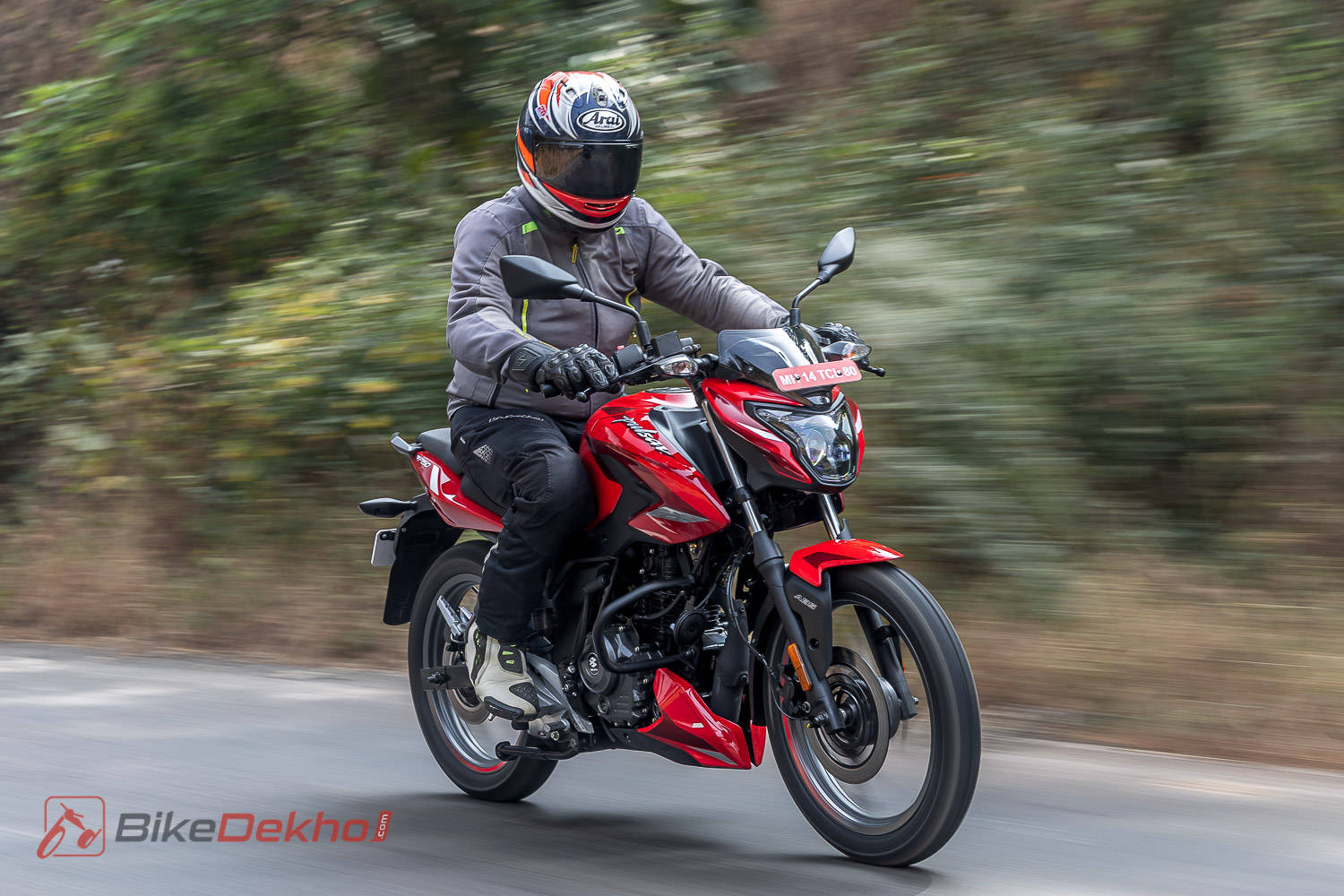Bajaj Pulsar P150 Likes & Dislikes
Modified On December 16, 2022 10:01 IST
By Priyadarshan for Bajaj Pulsar P150
- 2288 Views
Here are all the things we enjoyed about the new Bajaj Pulsar P150 and a couple of things we didn’t

This might be a rather surprising thing to learn, but the newly launched Pulsar P150 is the first all-new 150cc Pulsar the Chakan-based bikemaker has launched in 20 years. Because, for the first time since 2002, Bajaj has updated the engine, chassis and design of the Pulsar 150 all at once. And we really believe that this is probably one of the best Pulsars that Bajaj has made in a long time. Here are some of the reasons why we think so, and of course, there were a couple of nits we had to pick as well…
Likes
Extremely Tractable motor

This P150’s 150cc air-cooled motor has been derived from its elder sibling, the Pular N160. And just like the N160, while it’s not the most powerful in class, it makes nearly all its torque across its RPM range. So, you can pull from almost any speed in any gear. 25kmph in fifth gear? No problem at all! Even when you’re riding in city conditions, you’ll find yourself easily one or two gears higher than you think you should be in. And even if you have to shift gears, the slick gearbox and light clutch action make changing gears a breeze.
Smoothest Pulsar Ever
More than the tractability, what really blew our minds is the incredible level of engine refinement. The P150’s motor feels absolutely buttery smooth up to 6500rpm, after which you only feel a very mild buzz in the handlebar. And even past 8000rpm, that mild buzz can be felt in the footpegs. But you won’t feel vibrations from any other part of the bike, no matter how hard you rev it. This level of smoothness isn’t just great for a Pular, but any motorcycle for that matter. Honestly we can’t think of any other bike in this segment that feels this refined.
Ride quality

The P150 is also the first Pulsar 150 that gets a monoshock at the rear, and Bajaj has set the suspension on the softer side. Because of this softness, it handles broken and bad roads incredibly well. It literally glides over everything. Even sharp bumps are taken with ease. And the best part is that this suspension handles all this without bottoming out anywhere or making the bike feel unstable when it is leaned over in turns. In fact, this suspension setup makes the P150 feel very welcoming for new riders, and they can ride on bad roads, and take corners with the bike not reacting adversely to any surface undulations or even feeling wallowy.
Very light handling

Compared to the last generation Pulsar 150, the new P150 is lightweight as Bajaj has managed to reduce about 10kg, thanks to the new engine, all-new chassis, lighter wheels and slightly smaller fuel tank. This lightness, combined with the P150’s slim profile and low seat height of just 790mm, allows even short riders to handle the bike with ease, whether they’re leaning it into corners, or pushing the bike around the parking lot.
Dislikes
No top end performance

While this P150’s motor is supremely tractable, it completely lacks any kind of top end. It gets to 80kmph fairly easily in a little over 10 seconds. But if you want to get to 100kmph, it takes forever… about double the time it takes to get to 80kmph. And if you lose speed here, you will have to downshift to gain it back. Thankfully though, even though the engine does sound shouty at 100kmph, vibrations are still very much under control.
Lackluster projector headlight

The P150’s LED projector headlight might be the first for its segment, but if we’re being honest, it didn’t impress us much. The beam is really narrow, so it makes it very difficult to see into turns at night. And we would’ve been ok with that if it had a great throw. But that’s severely lacking as well. At the low-beam setting, it’s barely showing you what’s about 12 feet ahead. Oh how we miss the projector headlight of the Pulsar 220F here.
Pricing (within the Pulsar range)

Coming in at Rs 1.17 lakh for the rear drum variant and Rs 1.20 lakh for the rear disc variant, the P150 costs just about Rs 5,500 more than the last generation Pulsar 150. Not bad at all considering this is a massive generational upgrade from the last bike. Unfortunately, the rear disc variant is only Rs 3,500 cheaper than the single channel ABS version of the Pular 160, which offers more performance. For those looking for a fun little bike, it makes a lot more sense to put in the extra cash and go for the N160. Otherwise, everyone else who wants a 150cc Pulsar would be much better off sticking to the P150 Single Disc variant.
